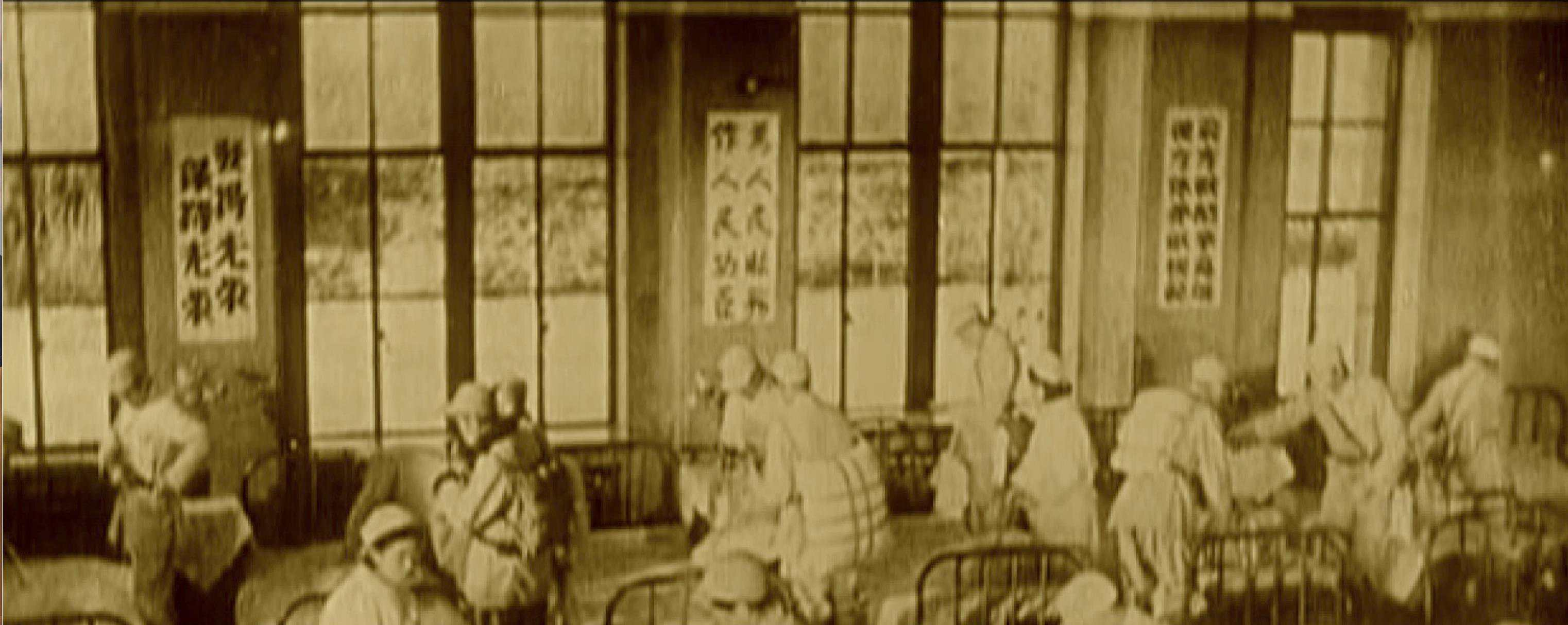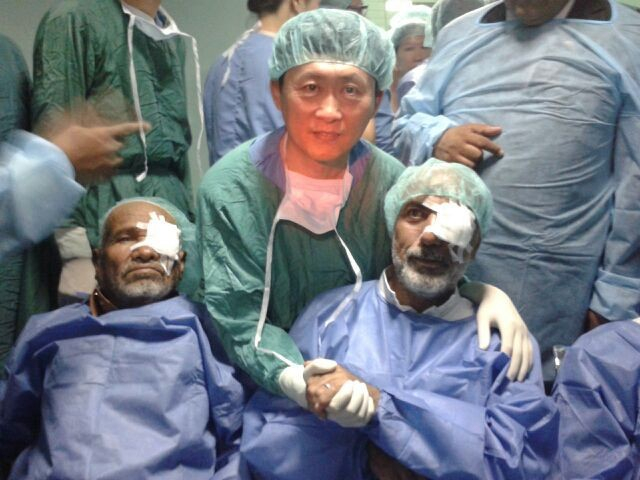
Domestic
22:51, 25-May-2019
Chinese institutes join hands to promote dedicated, revolutionary medical spirit
By Feng Yilei

An alliance of red-China's medical spirit, Red Medical Spirit Education Alliance (RMSEA), has been established in northeastern China by over 30 colleges, opening a new chapter of medical education in China.
The alliance aims to carry on the spirit of Chinese medical practitioners – who were fully devoted to rescuing the dying and practicing revolutionary humanitarianism in the revolutionary war time. It also aims to integrate the revolutionary spirit into medical education and career guidance to cultivate young talents in the field.
Why does the red-China medical spirit still matter today?
Zhu Jinghai, senior leader of the China Medical University – an alliance member and also where the inauguration ceremony was held – considered it to be no fear for hardship. "The essence of the spirit, when it comes to medical education, is to keep innovating, overcome the difficulties and build a new medical system – just like what the older generation did in CPC's revolutionary base of Yan'an in the 1940s. The responsibility of developing new medicine is now on our shoulders. And we are physicians that work for the society," said Zhu.

One of the earliest Chinese medical schools delivering education in western medicine. /Photo via China Medical University
One of the earliest Chinese medical schools delivering education in western medicine. /Photo via China Medical University
China Medical University has witnessed the development of the red-China medical spirit, being the first medical school established by the Chinese Communist Party and one of the earliest schools that delivered college education of Western medicine in China. It was also the only school that had finished the entire 12,500-kilometer Long March, persisting in running the school while serving the mass public in the face of a shortage of medical services and supplies.
In modern days, the school official said the spirit is embodied in their poverty alleviation work. The university has been sending support teams to China's remote and less-developed Xinjiang, Tibet, Qinghai and Guizhou regions. "Our school was born in impoverished areas and now we are giving back to people there to make sure that everyone can benefit from the development of our country," Zhu explained.
The medical workers also believe that such spirit suggests internationalism, considering how doctors like Canadian physician Norman Bethune had helped Chinese people during the Second World War. Zhu said they have been carrying out international medical exchanges for years, including helping African countries with their medical construction and setting up an academic medical association for Belt and Road members.

China assists a Yemen medical team. /Photo via China Medical University
China assists a Yemen medical team. /Photo via China Medical University
The newly-established alliance will serve as a platform to jointly conduct voluntary campaigns as well as key projects, which organizers said will help medical students to better learn about the history and become doctors of good virtues.
While NPC deputies pointed out at this year's Two Sessions that China is facing a scarcity of medical talents catering to the needs of the grassroots population, the alliance members believe their efforts will pay off under such framework and help the nation reach the goal of a Healthy China 2030.
(Cover: The launching ceremony of RMSEA. /CGTN Photo)

SITEMAP
Copyright © 2018 CGTN. Beijing ICP prepared NO.16065310-3
Copyright © 2018 CGTN. Beijing ICP prepared NO.16065310-3